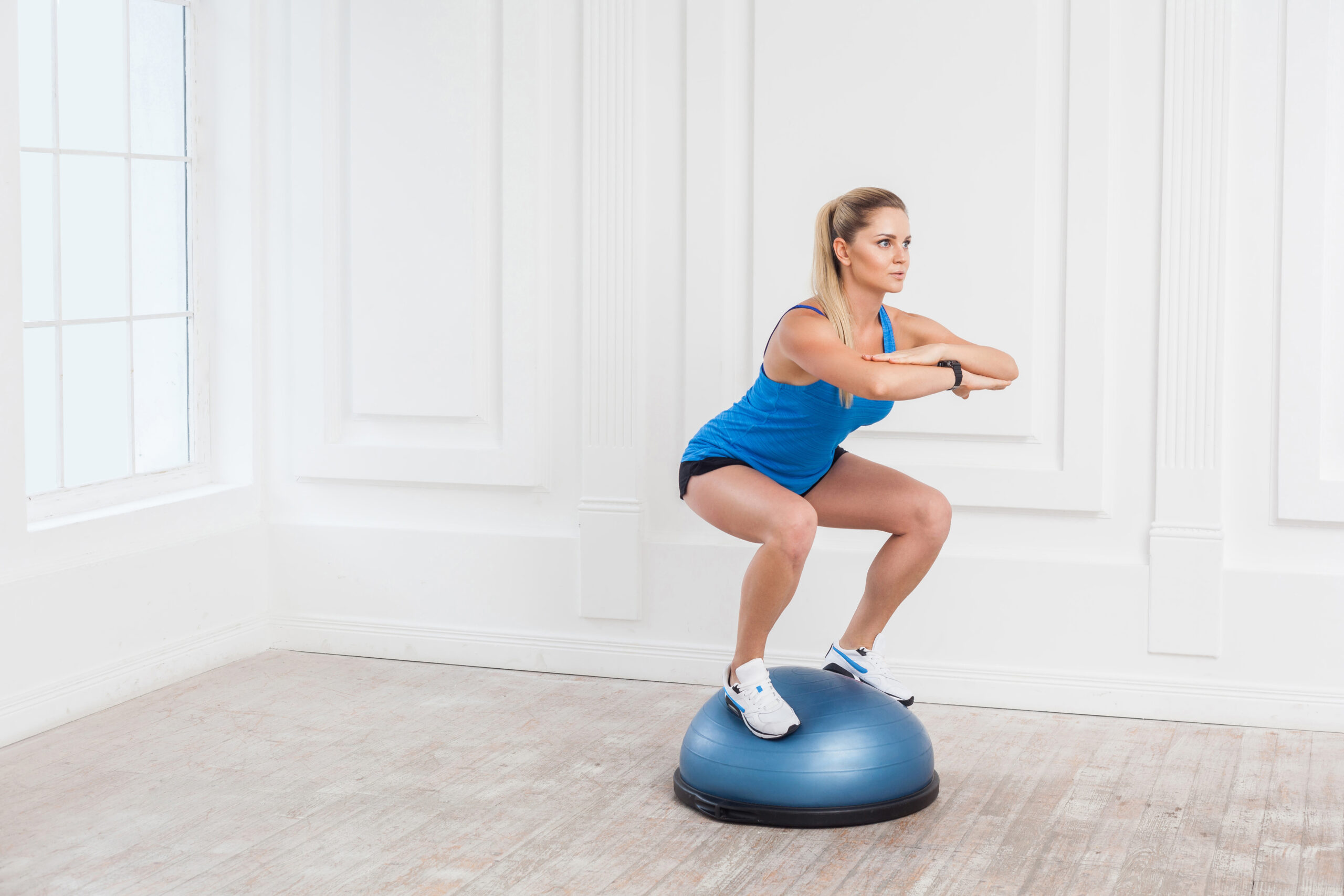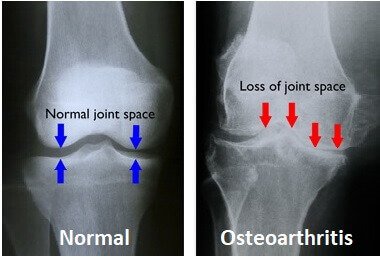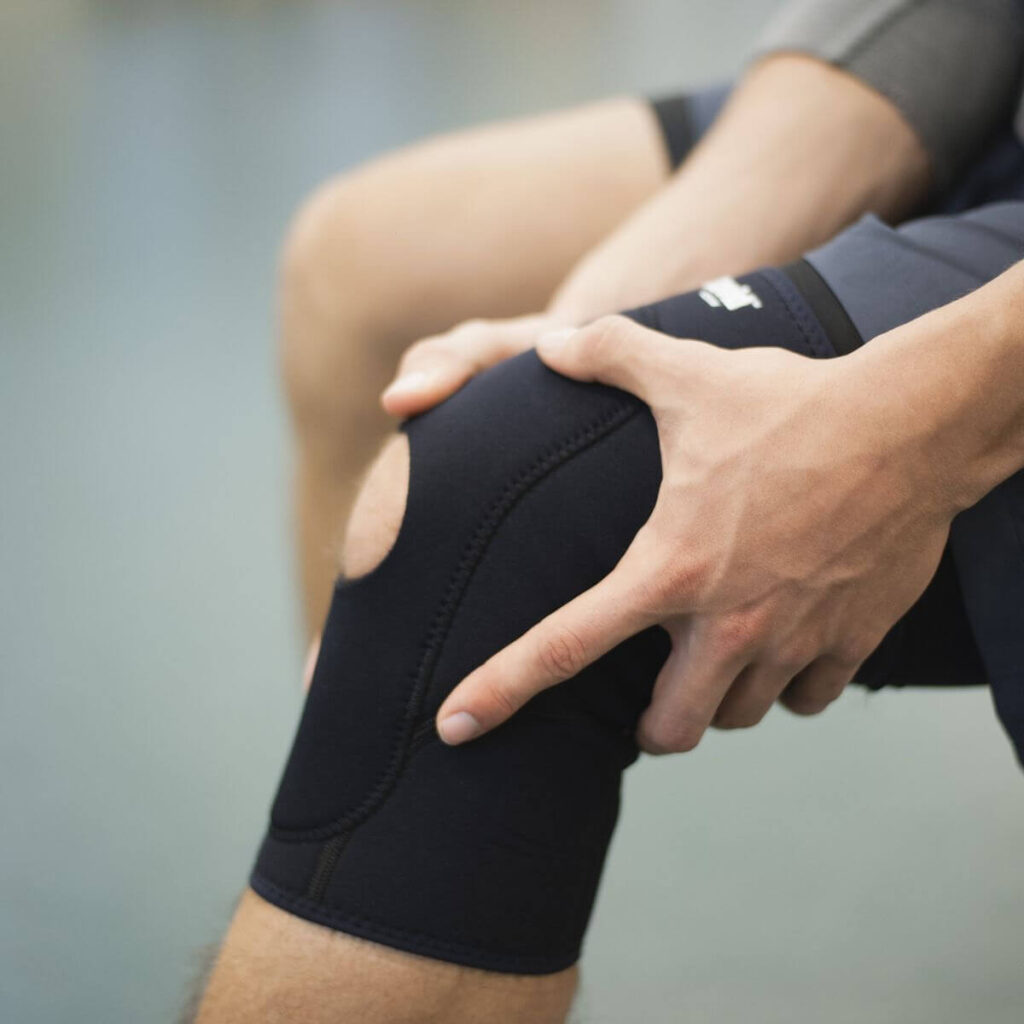Imagine a life where every step you take is accompanied by excruciating pain, where the simplest of tasks, from climbing stairs to strolling in the park, become daunting challenges. For millions of individuals suffering from debilitating knee pain, this is not a mere thought experiment, but a painful reality. Fortunately, modern medicine offers a ray of hope in the form of knee replacement surgery, a procedure that can restore lost mobility and alleviate chronic suffering.

However, the journey to a pain-free, mobile life doesn’t begin in the operating room. It commences with a vital yet often overlooked phase: the pre-knee replacement exercises. These exercises, specifically designed to strengthen the muscles surrounding the knee, improve joint flexibility, and prepare the body for surgery, play a pivotal role in ensuring the success of the knee replacement procedure and post-operative recovery. In this article, we will delve into the profound significance of exercises before knee replacement, shedding light on their benefits, the types of exercises, and how they contribute to a smoother, faster recovery.
Knee replacement surgery is a life-changing event, but its success depends not only on the surgical skills of the medical team but also on the active involvement of the patient. Pre-operative exercises empower individuals to take control of their health and well-being, helping them maximize the benefits of the procedure and reduce the risks associated with it. From enhancing muscle strength to reducing post-surgery pain, these exercises are an indispensable component of the entire knee replacement journey.
In the pages that follow, we will explore the rationale behind pre-knee replacement exercises, the specific exercises recommended by healthcare professionals, and the role they play in minimizing complications and achieving optimal outcomes. Whether you are preparing for a knee replacement or simply seeking to better understand this crucial aspect of orthopedic care, this article will equip you with the knowledge and insights needed to make informed decisions and embark on your path to a more pain-free, mobile life.
The Rationale Behind Pre-Knee Replacement Exercises
Knee replacement surgery, also known as knee arthroplasty, is a highly effective solution for individuals suffering from severe knee joint damage due to arthritis, injury, or other underlying conditions. During the procedure, the damaged joint is replaced with a prosthetic one, offering improved mobility and relief from chronic pain. While the surgery itself is a major milestone, its success is heavily influenced by the health of the surrounding muscles and tissues.
Pre-knee replacement exercises are designed to address several key objectives:
- Strengthening Muscles: The muscles around the knee joint, including the quadriceps and hamstrings, play a pivotal role in supporting the joint and facilitating movement. Weak muscles can increase the risk of post-operative complications and prolong recovery. Pre-operative exercises help build muscle strength, providing better support for the new joint.
- Increasing Range of Motion: Restricted joint movement is a common issue in individuals with knee problems. Exercises that focus on stretching and flexibility can help improve the range of motion, making it easier for patients to bend and straighten their knees post-surgery.
- Reducing Swelling and Inflammation: Inflammation is a common response to injury or surgery. Pre-operative exercises can help reduce swelling by promoting circulation and lymphatic drainage. This, in turn, can make the surgical process smoother and enhance the post-operative recovery experience.
- Boosting Overall Fitness: Being in the best possible shape before surgery can significantly impact the recovery process. Cardiovascular fitness, in particular, is essential as it helps patients tolerate anesthesia and reduces the risk of complications during and after surgery.
Types of Pre-Knee Replacement Exercises
Healthcare professionals typically prescribe a combination of exercises tailored to the individual’s needs and physical condition. These exercises fall into several categories:
- Strength Training: Exercises that target the muscles around the knee, such as leg raises, squats, and resistance band exercises, are essential for building muscle strength and stability.
- Range of Motion Exercises: Gentle stretches and movements like heel slides, ankle pumps, and knee extensions are crucial for improving the joint’s flexibility.
- Aerobic Exercises: Low-impact activities like swimming, stationary biking, and water aerobics can improve cardiovascular fitness without putting excessive strain on the knee joint.
- Balance and Coordination Exercises: Balancing on one leg or using balance boards can enhance proprioception and coordination, reducing the risk of falls during the post-operative phase.
- Breathing and Relaxation Exercises: Deep breathing and relaxation techniques can help manage stress and anxiety, which are common emotions before surgery.
The Role of Pre-Knee Replacement Exercises in Post-Operative Recovery
The benefits of pre-knee replacement exercises extend well beyond the days leading up to the surgery. They create a foundation for a smoother and more efficient post-operative recovery process. By strengthening muscles, increasing range of motion, and reducing inflammation, these exercises help patients regain mobility more quickly.
Furthermore, individuals who engage in pre-operative exercises tend to have a better understanding of their body and its capabilities. This knowledge can be empowering during the rehabilitation phase, as patients are more likely to actively participate in their recovery and adhere to their post-operative exercise regimen.
In conclusion, the road to a successful knee replacement surgery is paved with pre-knee replacement exercises. They are not merely a preparatory phase but a fundamental component of the entire process, enhancing the prospects of a pain-free, mobile life. Whether you are about to embark on this journey or are supporting a loved one in their knee replacement endeavor, these exercises serve as a beacon of hope and a pathway to a brighter future with improved knee health and overall well-being.




